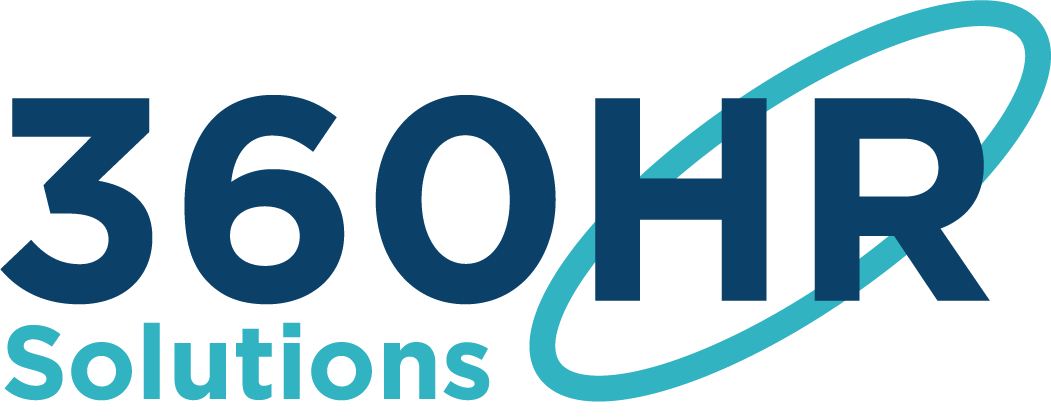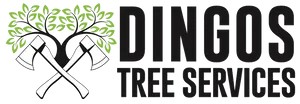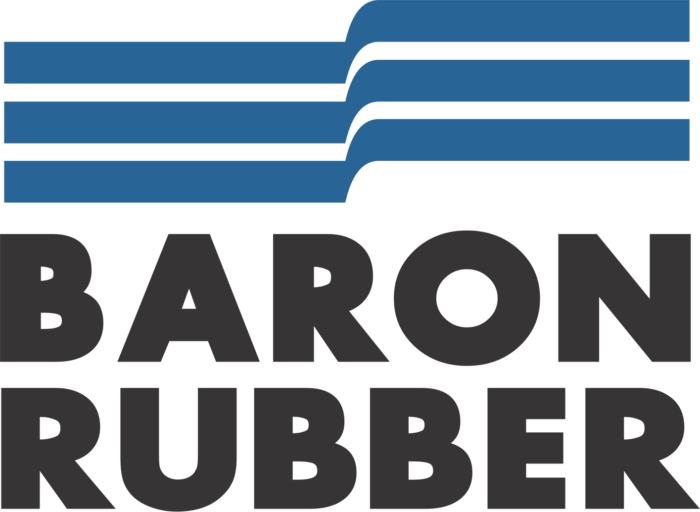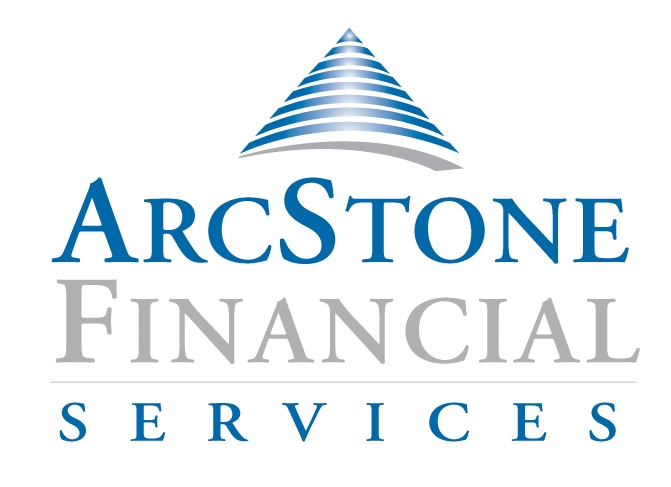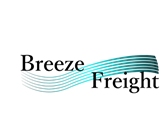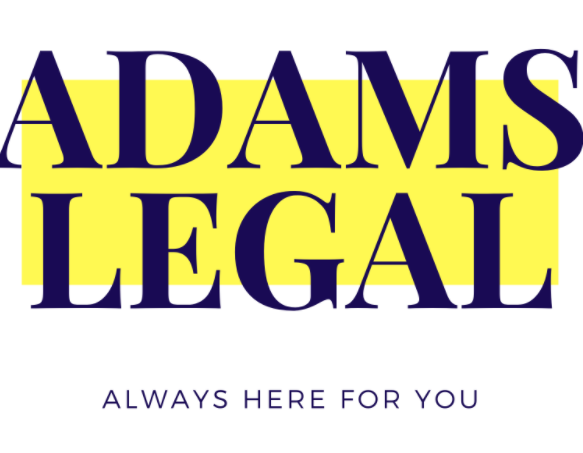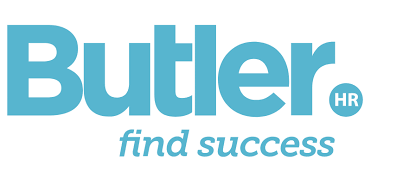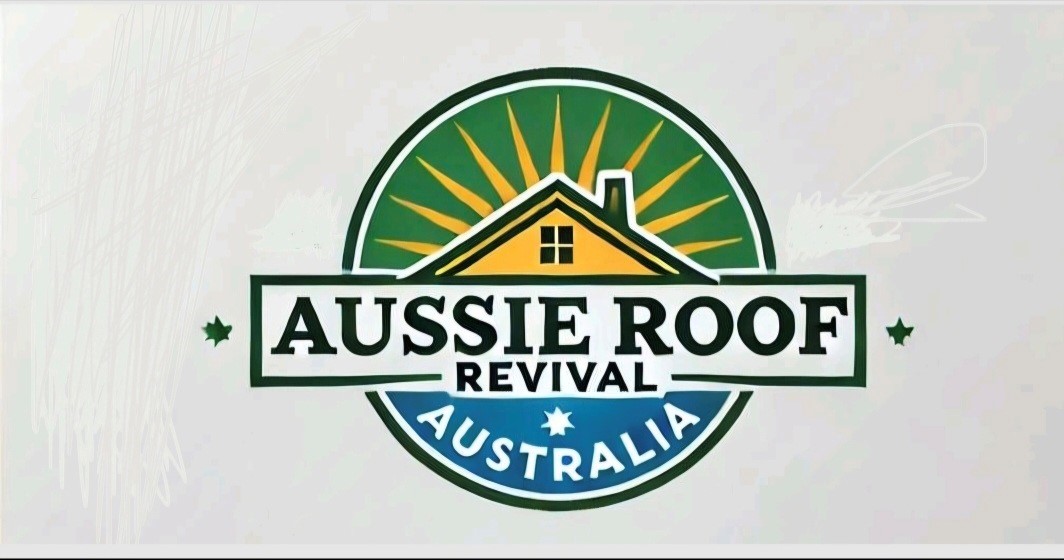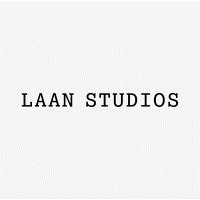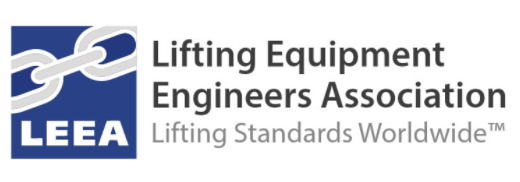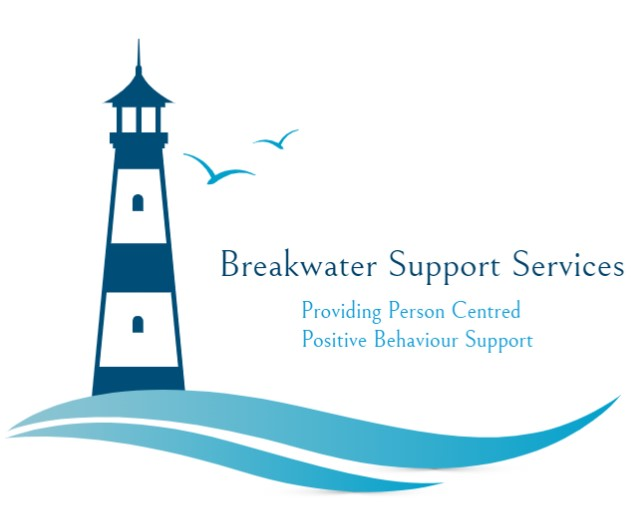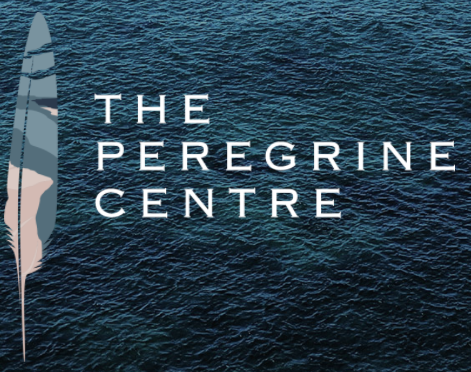Professor Tim McCarthy grew up in Ireland and spent two decades in the United Kingdom but it wasn’t until he moved to Australia that he experienced his coldest winter.
The director of the University of Wollongong’s Sustainable Buildings Research Centre said older Australian homes performed badly in the cold, with those built in the 1950s to 1970s designed to promote natural ventilation for summer. They were also designed for a climate that no longer existed, he said, with more extremes now experienced on Australia’s east coast.
“So what we have is we’ve got very leaky houses from an air tightness point of view, which leads to them being very energy inefficient – very expensive to cool, and very expensive to heat,” Professor McCarthy said. “With our climate change, we need to heat them and cool them a lot more than we did before.” The introduction of performance criteria in the late 1970s led to improvements which have ramped up in the last two decades, with the national construction code now requiring all new housing to hit a seven-star energy rating out of a possible 10. Professor McCarthy said this meant the homes built in the past 10 years were well insulated, cheaper to heat and cheaper to cool. “The rating of the insulation in the walls is much higher, double glazing is now becoming the norm and orientation of the house is chosen to make sure that it maximises winter sun and minimises the summer sun,” he said.
Professor McCarthy discussed the issue at the UOW Luminaries panel event on Tuesday, June 25, focusing on the housing crisis.
Gap between house owners and renters
Renters often suffer the consequences of energy inefficient housing, as do those who can’t afford such a house. Among older homes, those built from materials like brick perform better than more cheaply constructed fibro and weatherboard houses. Professor McCarthy said these more expensive homes were also more likely to have been retrofitted to improve their energy efficiency. Owner occupiers directly benefited from upgrading their homes, he said, leading to a disparity between them and renters. “A third of all Australians live in rented apartments or houses, of those probably 50 per cent are below par in terms of their performance,” Professor McCarthy said. He said landlords in Australia – unlike some other countries – did not cover energy bills, so there was no incentive there to upgrade their rental properties. He would like to see regulations that require or incentivise landlords to improve their properties. Already in Victoria there is mandatory disclosure of a home’s energy efficiency and in the ACT there are minimum energy efficiency standards for rentals. Professor McCarthy said those living in a two-star energy efficiency-rated house paid much more to heat and cool their homes than those in high-rated homes. For some, especially those on lower incomes, this means they simply don’t.
Health implications
Energy inefficiency leads to more than high power bills. A 2015 study found Australia had a higher death rate from cold-related illness than Sweden and experts say homes are largely to blame. The World Health Organisation recommends homes in temperate or colder climates should be at least 18 degrees, although Professor McCarthy said people who were older or less mobile needed an ambient temperature of about 22 degrees. But a nationwide study of low-income households, focusing on pensioners, revealed many were not meeting this threshold.
“We found lots of people, particularly old people, were living in properties that were 16 degrees and cooler during the winter time because they were afraid of the electricity bill that they would have if they heated up their house,” Professor McCarthy said. “And because their house was not very good in terms of its thermal efficiency, it would leak all the heat out very quickly.” Professor McCarthy said energy consumption tended to rise when homes were made more energy efficient because people were getting better value. “I don’t think [the rise in energy use] is something we need to combat. The main thing is we need people to live in healthy houses,” he said. Professor McCarthy said the savings society gained by preventing people getting cold-related illnesses outweighed the costs of keeping homes home.
“Our main problem now is that because we’ve got so many houses that are very poor-performing, people don’t see the benefit of trying to heat them,” he said. On the flipside, more energy efficient homes can become more prone to mould precisely because of a lack of ventilation, which brings with it its own health risks. But Professor McCarthy said with regular checks of nooks and crannies and natural materials, opening windows for ventilation, and using a dehumidifier, mould was relatively easy to control.
How to improve energy efficiency
For renters or those without a lot of spare cash, there are simple measures that can improve a home’s energy efficiency. Windows are where most leakage occurs. Professor McCarthy said draft-proofing windows using materials from hardware stores, duct tape or even bubble wrap could help, as could honeycomb blinds or curtains. “They will make a big difference: close your curtains to make sure that you don’t leak out your heat at night time, open them so that you get the winter sun in,” he said. “If it’s a very hot day forecast in the summer, close your curtains to keep the hot sun out.” He also suggests finding the warmest room in the house and, on very cold days, focusing on keeping that warm.
Original story posted by the Illawarra Mercury
